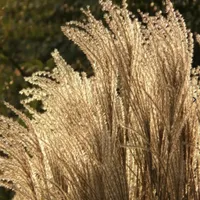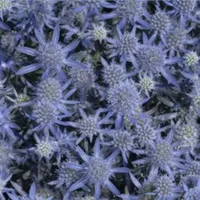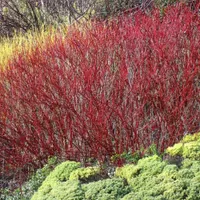Best architectural plants – shape your winter garden with these textural choices
Get to grips with architectural structure and you'll have a garden that works hard all year round

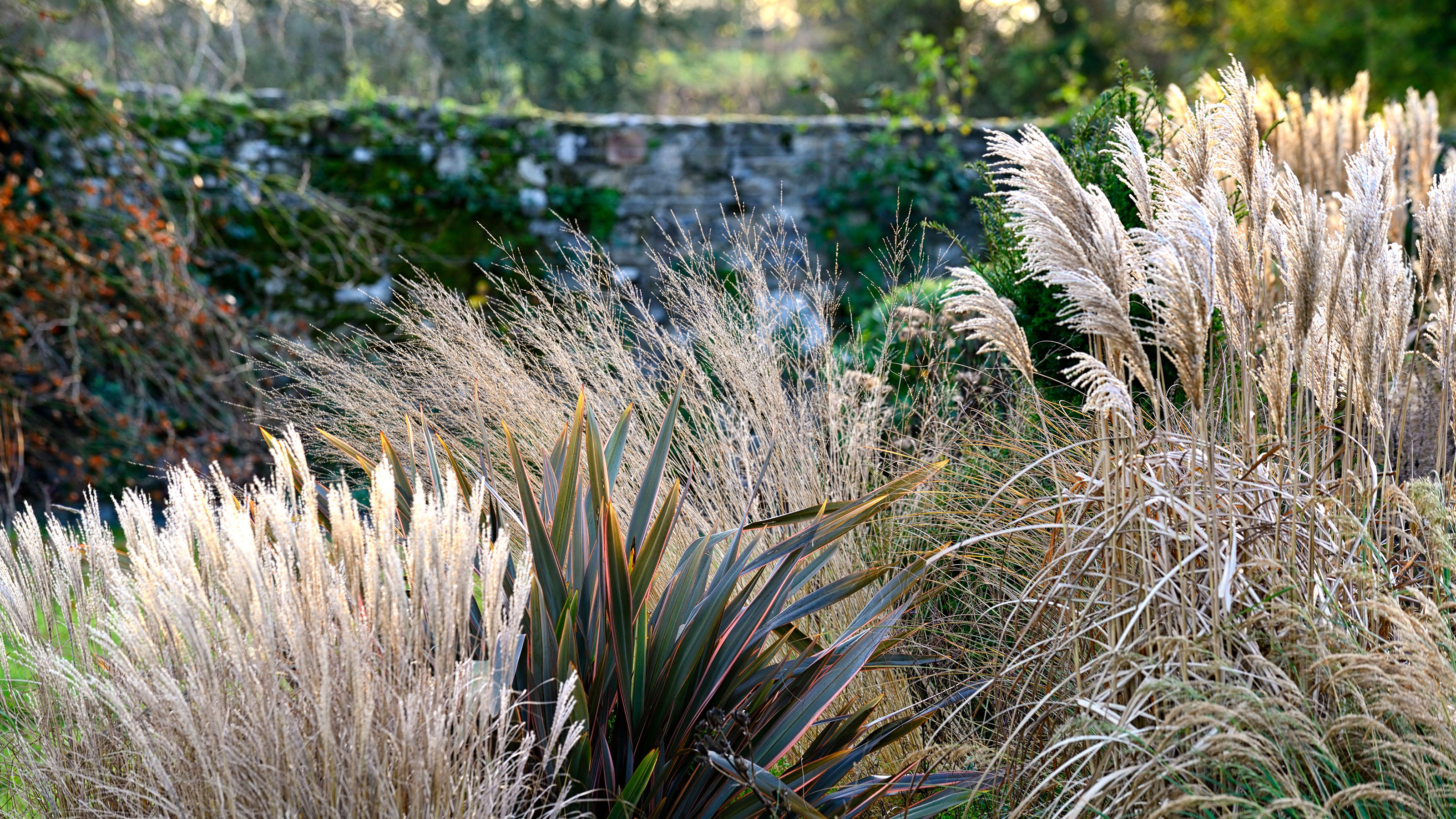
Add architectural plants to your backyard and you'll soon see the benefits over the winter months. The bare bones of your winter garden are revealed for all to see when flowers fade and the leaves have fallen.
This is where architectural plants come in, adding a much-needed focal point during the colder seasons. Although unusual in appearance and often of tropical origin, they're easy to grow in non-tropical climates.
Their spiky, bold shapes will make their presence known as winter plants, and as many of them are evergreen they will add color all year round.
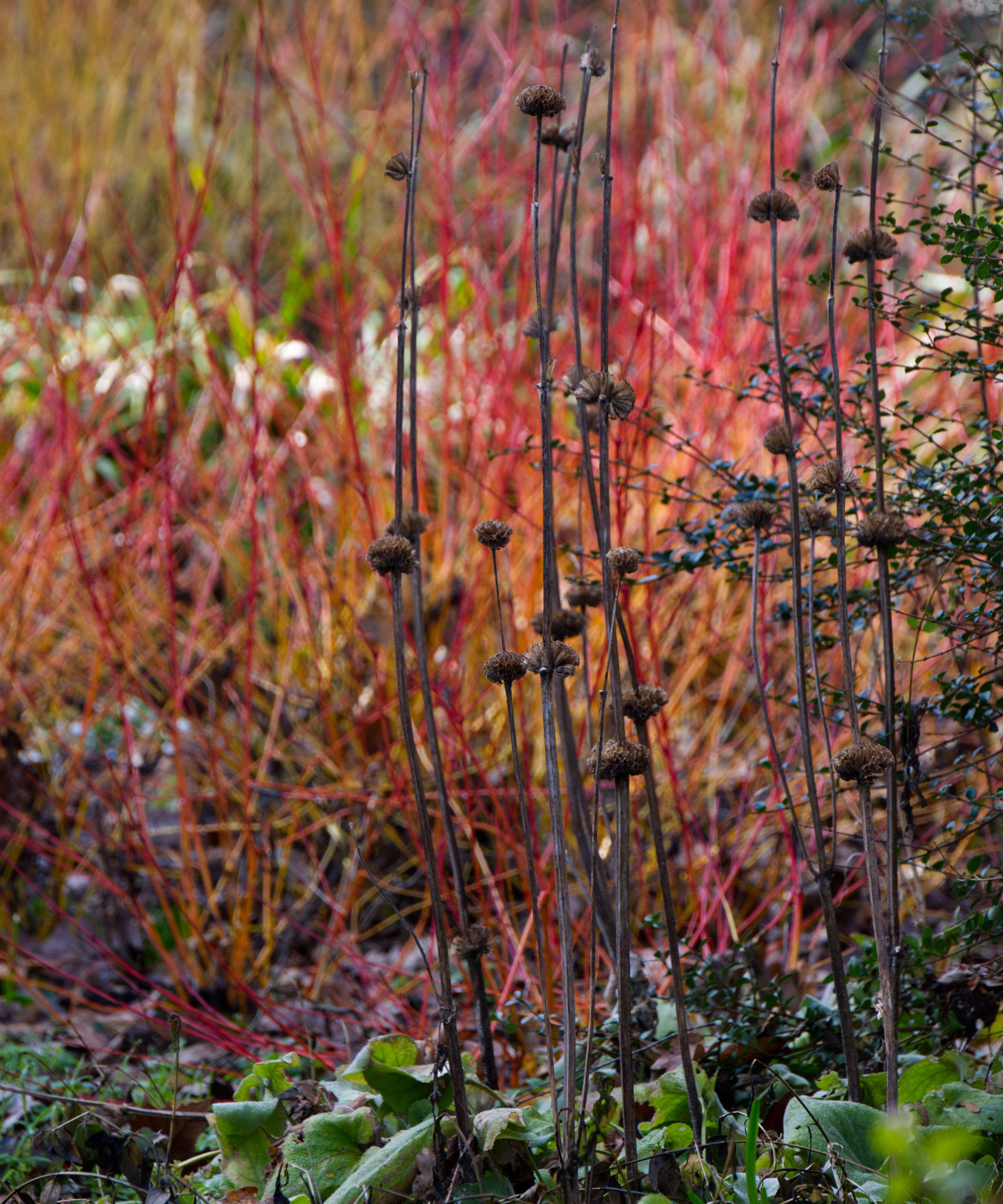
Leave the seed heads on some of your flowers for winter shape
7 architectural plants to select for your backyard
'Select architectural plants that are suited to your climate and growing conditions,' advises Janet Loughrey of Garden Design.
'Consider the style of your home. Spiky plants such as yucca and agave may be more suited to a southwestern style landscape, while palms and canna lilies will be compatible with a bungalow or Mediterranean-style home.'
Many of these winter garden favorites are drought-tolerant and would make fine choices for xeriscaping.

A gardens writer with over 25 years experience in the garden publishing industry. Janet's work has appeared in Better Homes and Gardens, Sunset, HGTV and many other publications.
1. Phormium 'Sundowner'

- USDA zones: 9-12
- Height: 1ft
- Spread: 3ft
Phormium 'Sundowner' is an evergreen perennial also known as New Zealand flax. The arching, sword-shaped leaves of this variety add a touch of drama to the winter garden. It forms a large clump with handsome leaves, that are a bronze-green color, tinged with red and rose-pink edges.
Design expertise in your inbox – from inspiring decorating ideas and beautiful celebrity homes to practical gardening advice and shopping round-ups.
Adding year-round color to a backyard, it likes a spot in full sun or part shade. It is frost hardy, but might need a little extra protection if temperatures plummet.
2. Black bamboo
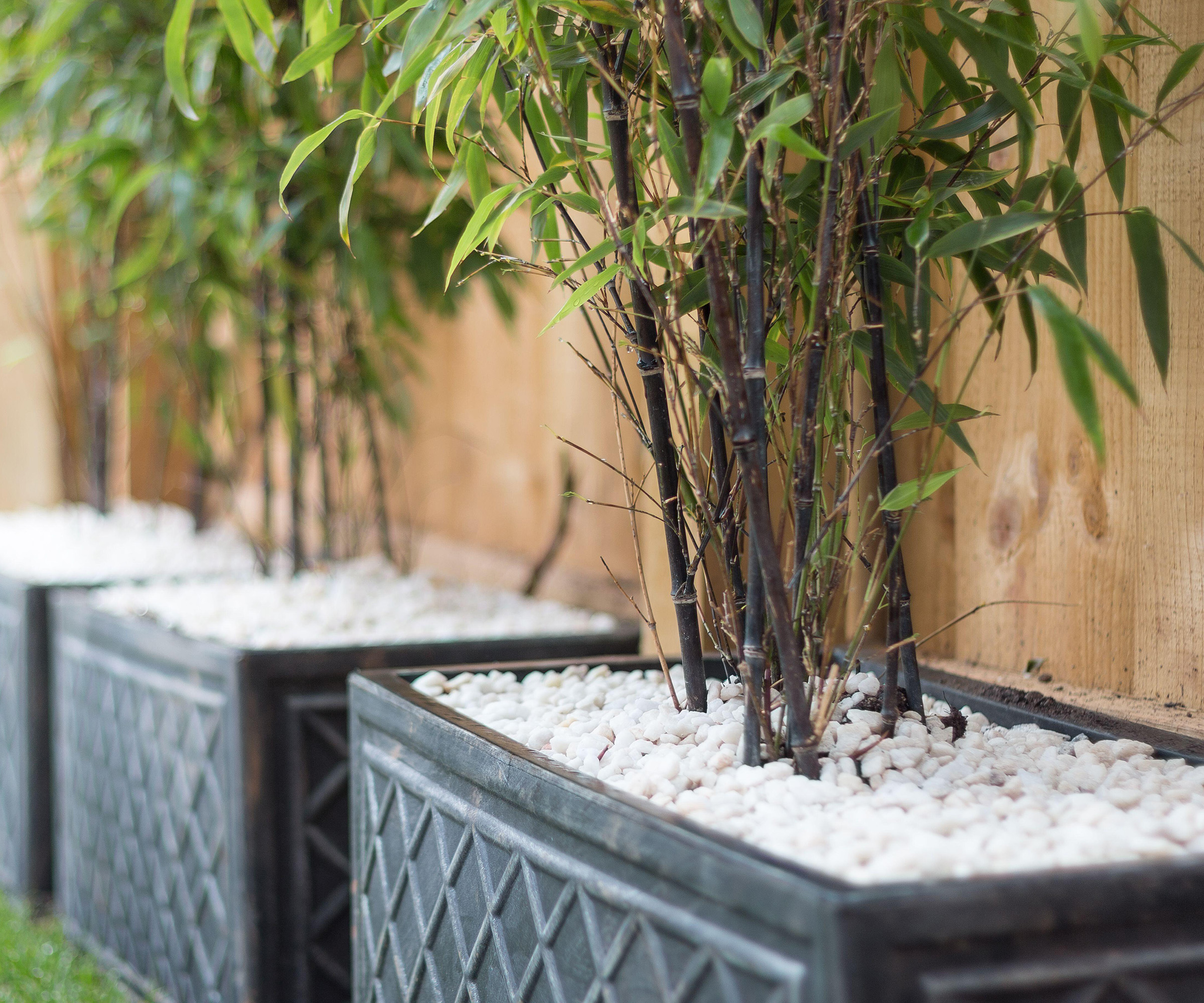
- USDA zones: zone 7-11
- Height: 25ft
- Spread: 15ft
This elegant evergreen bamboo features gracefully arching slender jet-black canes, with delicately feathered leaves. It’s a must for a modern garden, especially small urban spaces. It’s a hassle-free option as it’s clump forming rather than invasive.
Every spring you get lush new foliage as the bamboo regenerates. It likes full sun or part shade in a sheltered spot, and will grow to such a height that it is excellent for screening purposes.
3. Miscanthus Nepalensis
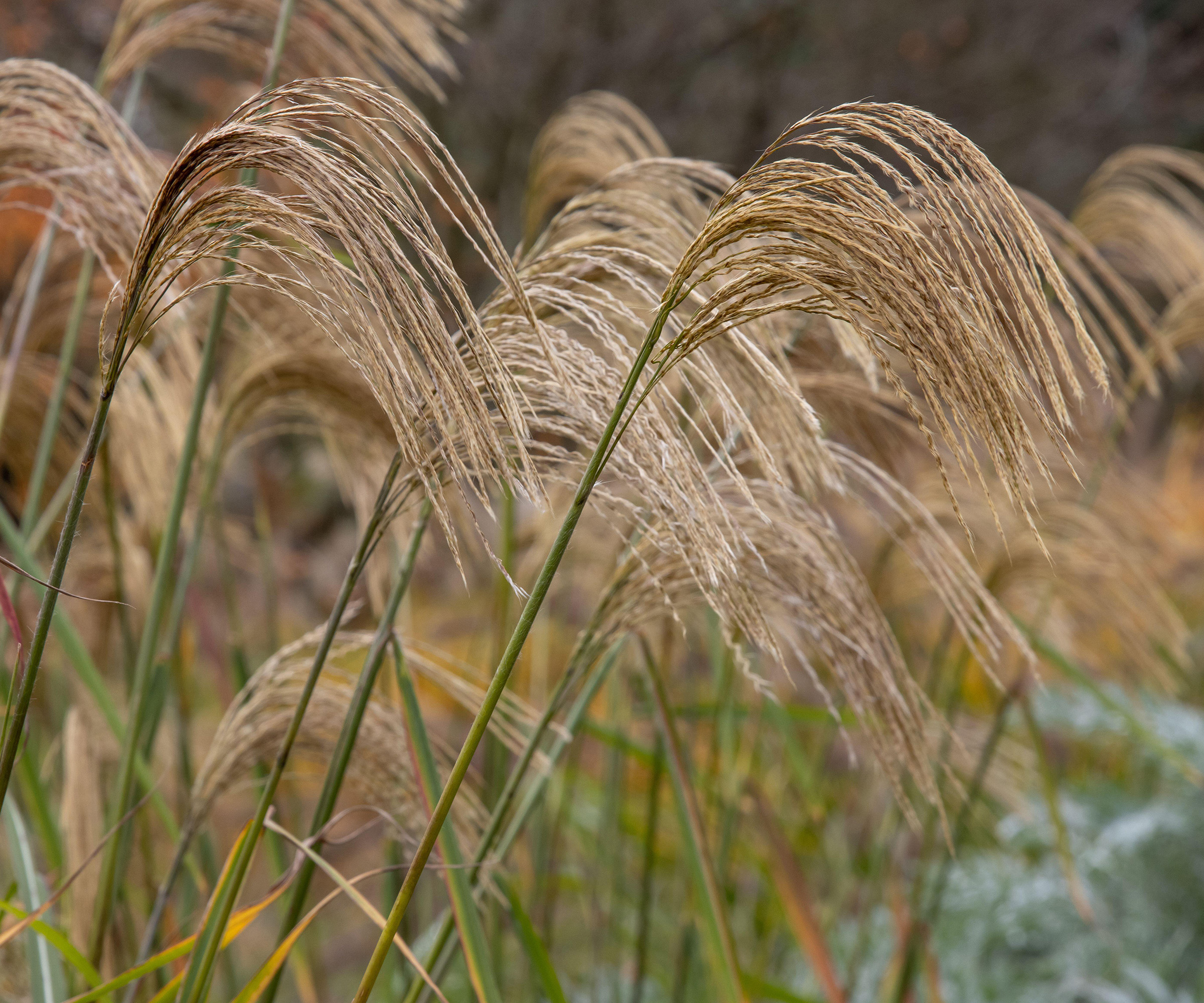
- USDA zones: 8-9
- Height: 5ft
- Spread: 4ft
Also known as Himalayan fairy grass, this ornamental grass has arching, linear leaves and shimmering silky-textured flower plumes in late summer and fall. In winter the leaves and architectural seed heads turn a spectacular shade of bronze.
It likes a sunny, sheltered spot, and tends to be quite hardy when the chill sets in. It grows to around 4-5ft, so is ideal as a graceful addition to borders as part of your planting scheme without dwarfing other plants.
Silver Feather Maiden Grass at Nature Hills
This ornamental grass will add elegant plumes of silver to your flower bed. A great architectural option with a fair saving currently.
4. Mahonia 'Charity'
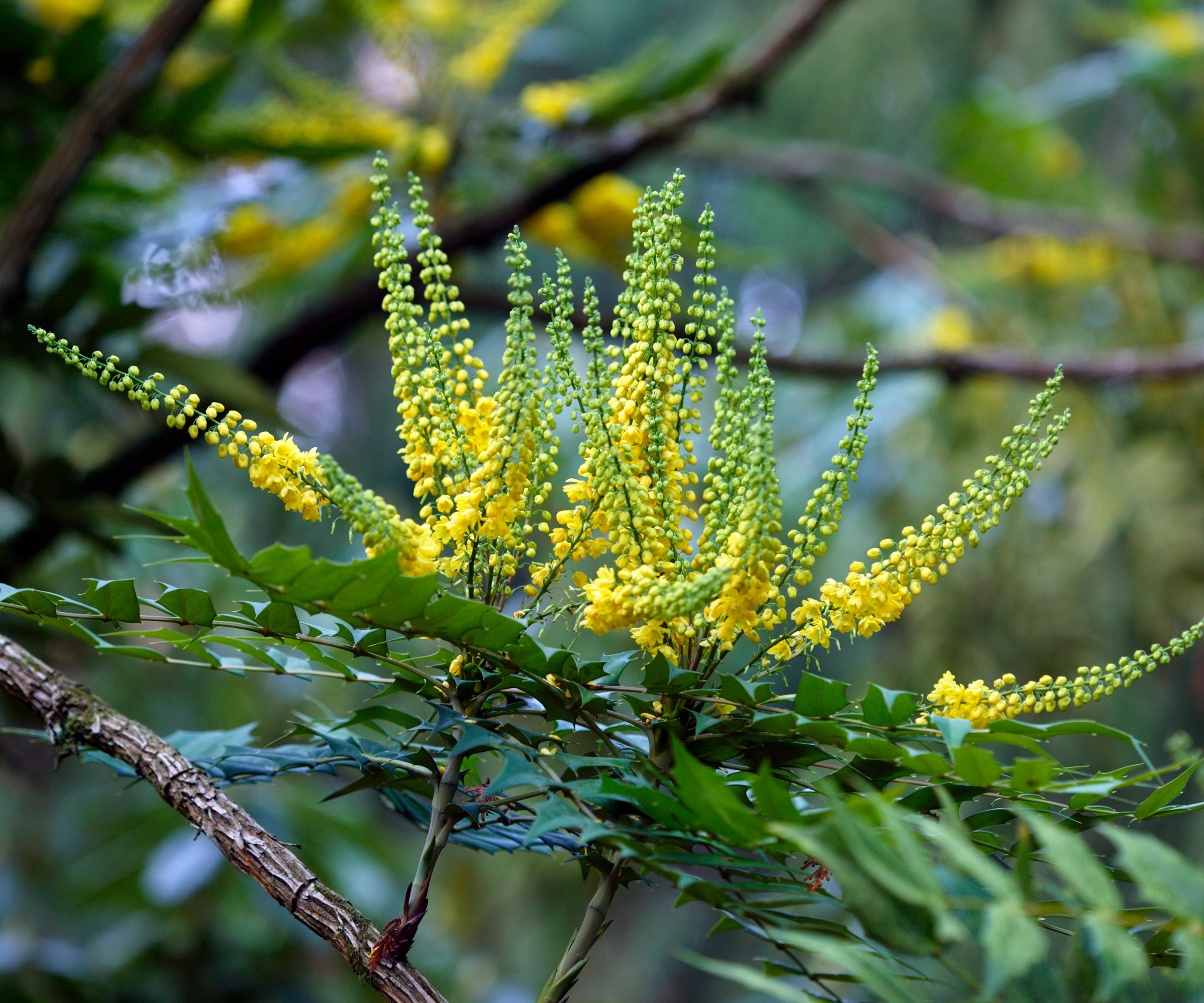
- USDA zones: 8-9
- Height: 20ft
- Spread: 20ft
This stunning evergreen with its clusters of fragrant yellow flowers in winter makes a real focal point in the garden, adding sculptural shape as well as glowing color and a hint of scent.
The flowers of mahonia are set in rosettes of holly-like leaves, that fan out gracefully to add interesting structure. It is happy in full sun or partial shade, and is not too fussy where you plant it.
5. Eryngium
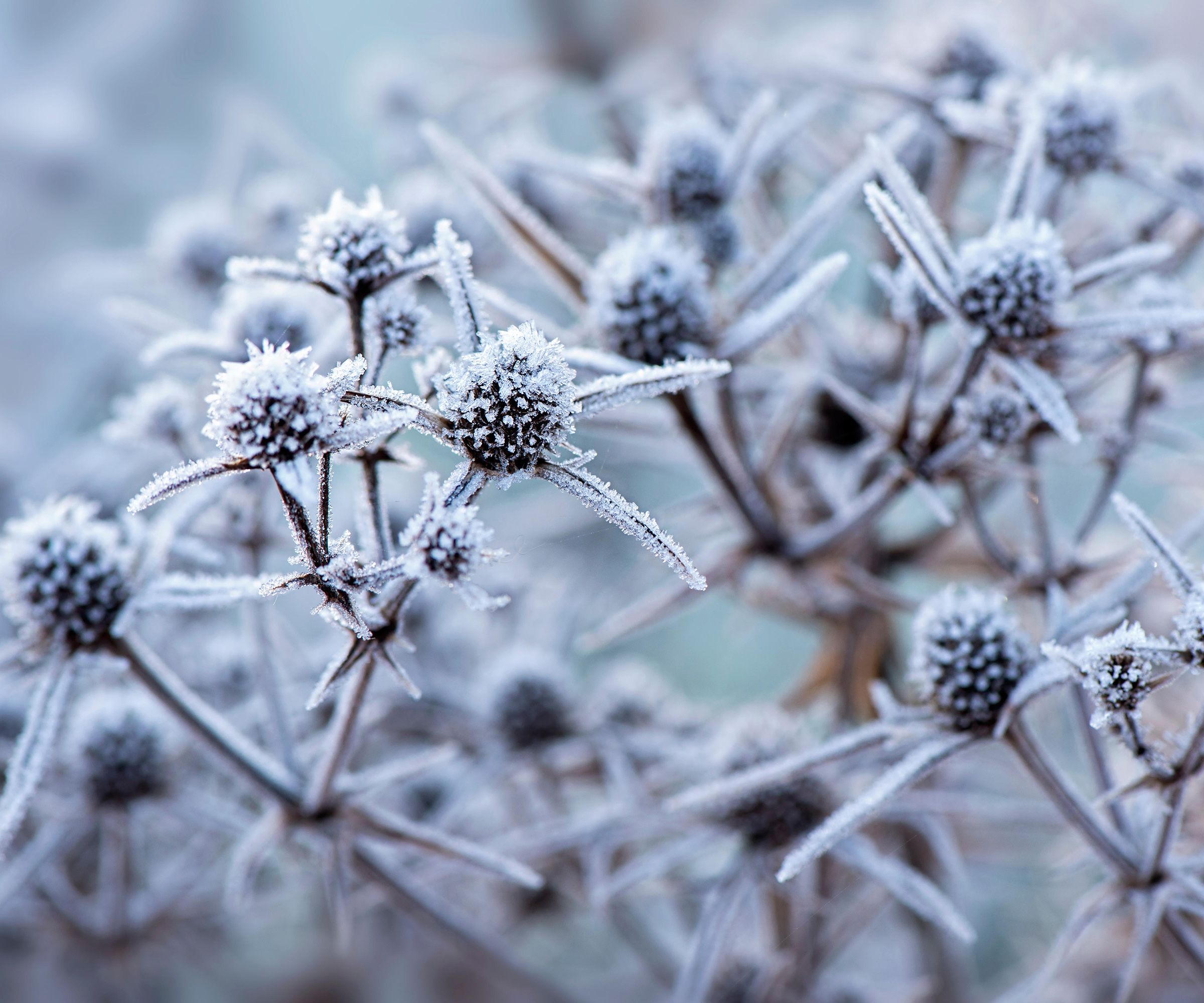
- USDA zones: 5-9
- Height: 4ft
- Spread: 3ft
With their spiny ruff of leaves and striking cone-shaped flowers, these are beautiful plants to look at in winter, when they take on a steely gray color in the low light. Eryngium like a sunny position and work really well in Mediterranean-style gravel gardens, where they will grow up to 3ft tall.
As well as adding a bold statement in your garden, these are the stars of the show indoors too when used as the centerpiece for dried flower displays.
Also known as sea holly, eryngium will thrive in coastal gardens.
Blue Glitter Sea Holly at Nature Hills
This choice of sea holly is suitable for zones 5 through 9. It has bold violet color flowerheads as an added bonus to the spiky architectural shape.
6. Dogwood

- USDA zones: 5-9
- Height: 8ft
- Spread: 8ft
Also called cornus, dogwood is grown for its vivid winter stem color, which comes in spectacular orange, yellow and red shades that are revealed when the leaves fall in autumn.
Plant a few of them together to create a dramatic impact when the winter sun hits them, and there’s little else in the garden to demand your attention. They’re not fussy and will even thrive in damp and shady spots, but do best in a sunny place.
Red Twig Dogwood Shrub at Fast Growing Trees
This dogwood (also known as cornus) will give a bold color injection to a bare winter garden. The 2 gallon pot is currently 19% off. Fast Growing Trees also currently have a 25% discount on all orders over $200.
7. Agave parryi
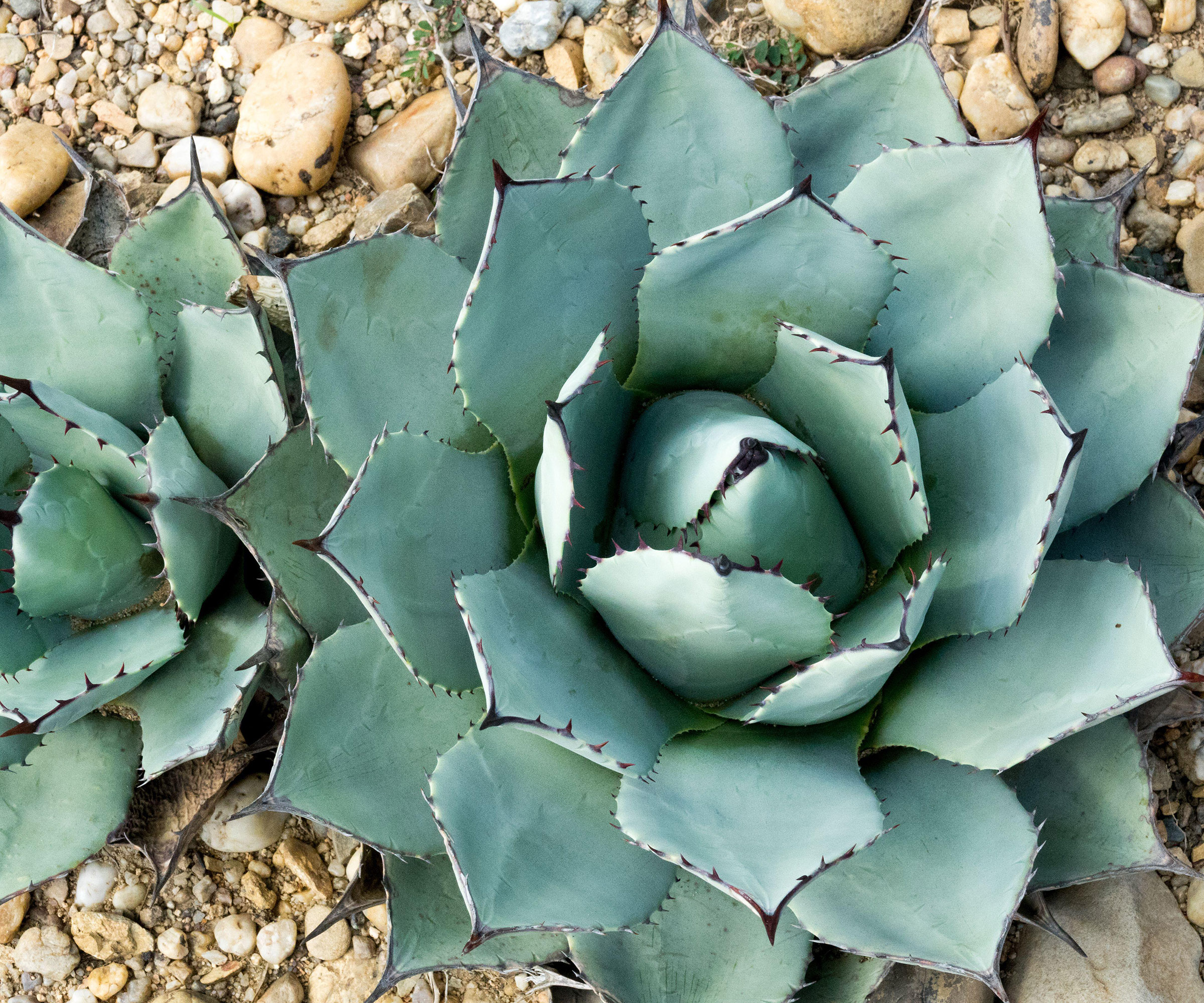
- USDA zones: 7-12
- Height: 2ft
- Spread: 3ft
Native to North America, the Agave parryi is a spectacular architectural plant with rosettes of large gray-blue leaves edged with maroon spines.
This agave is great for adding a touch of the exotic to a patio or gravel garden. Grow outdoors all year round in USDA zones 7-12. Otherwise it's possible to grow them in pots on a patio and bring them inside during the cold months.
FAQs
What is an architectural plant?
An architectural plant is one that adds structure and shape to a landscape.
'These may include plants with a weeping, upright or arching habit, or plants with leaves or flowers that are oversized or with a well-defined shape,' explains Janet Loughrey of Garden Design. 'These plants can be used to add visual interest to beds, borders and containers.'
Some examples include: Ornamental grasses, weeping cedar, agave, red hot poker, yucca, bear’s breeches (Acanthus), sea holly (Eryngium), canna lily, bamboo, windmill palm and boxwood.
Your climate should be the first consideration when choosing architectural plants.
Though low maintenance, they will only succeed if grown in the correct USDA hardiness zones. So be sure to check these before making a purchase to avoid disappointment.

Lifestyle journalist Sarah Wilson writes about garden design and landscaping trends for Homes & Gardens. She has studied introductory garden and landscape design, and also has an RHS Level 2 qualification in the Principles of Plant Growth and Development. She is a regular contributor to Homes & Gardens and Livingetc. She has also written for Country Living, Country Homes & Interiors, and Modern Gardens magazines
